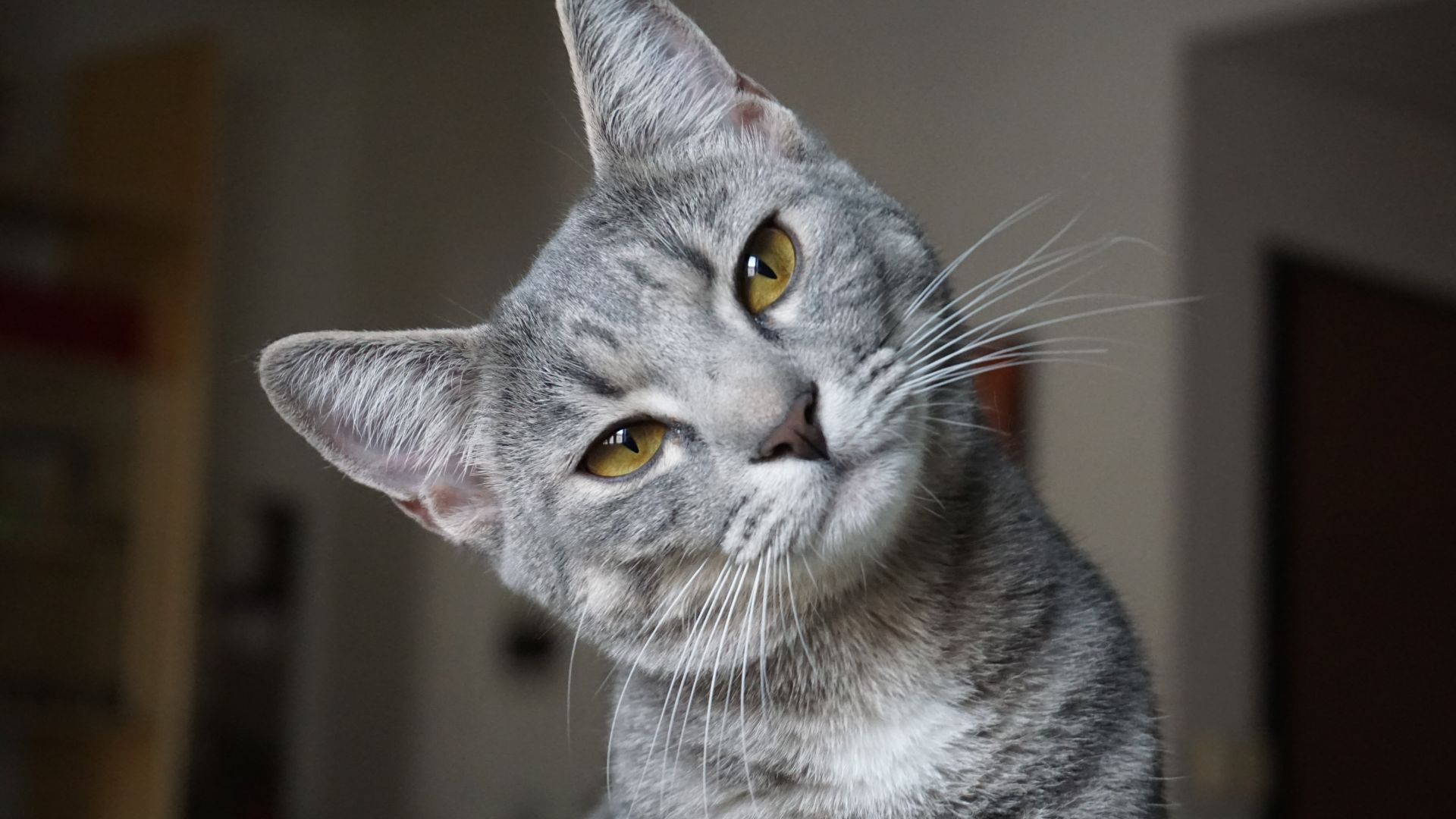Cat fleas in 2024: symptoms, detection and smart care
How to spot flea trouble, fast
Your cat is scratching, nibbling and grooming like there’s no tomorrow? Fleas may be the culprits. Look closely around the rump, belly and neck: these spots are flea favorites.
- Cat fleas in 2024: symptoms, detection and smart care
- How to spot flea trouble, fast
- At-home checks that really work
- What’s new since 2020
- Surprising flea fact
- Why fleas matter for cats (and you) in 2024
- Flea treatments in 2024: what works, pros and cons
- Your options at a glance
- Pros, cons and how to choose
- How and when to apply treatments
- Practical tip you’ll love
- Preventing infestations: your calm, simple routine
- Underestimating fleas is a mistake in 2024
Watch for tiny scabs, irritated skin and thinning hair. Another giveaway is “flea dirt” — those pepper-like specks left on the skin or bedding.
At-home checks that really work
Run a fine-toothed flea comb through the coat, especially at the base of the tail. Tap what you collect onto a damp white tissue. If it turns reddish, that’s digested blood — classic flea dirt.
Try the white-sock test: walk in areas your cat lounges wearing white socks; dark specks on the fabric can reveal a hidden infestation.
Worried about other parasites too? Here’s how to protect your cat from ticks to keep adventures itch-free.
What’s new since 2020
Good news: tools for both detection and control keep improving. Electronic flea combs, long-acting topical spot-ons, and modern oral options target multiple life stages for better results.
Bonus: many vet-recommended products now include insect growth regulators (IGRs) to halt eggs and larvae, cutting reinfestations at the roots.
Surprising flea fact
Fleas can jump over 100 times their body length. It’s like you leaping over a medium-sized house — no wonder they’re so hard to catch!
Why fleas matter for cats (and you) in 2024
Skin issues: more than “just scratching”
Some cats react strongly to flea saliva, developing flea allergy dermatitis (FAD). Even a couple of bites can cause intense itch, scabs and hair loss.
Left unchecked, the skin can get infected and sore. Comfort falls, stress rises… and so does the risk of persistent flare-ups.
Illnesses fleas can carry
Fleas can transmit tapeworms (Dipylidium caninum) when cats ingest an infected flea during grooming. They’re also involved in spreading Bartonella henselae in cats.
Humans? Flea bites can cause itchy red bumps, and Bartonella may reach people via a cat scratch. Keeping fleas at bay protects the whole household.
If worms are a concern too, here’s a gentle primer to protect your cat from worms and keep that tummy happy.
Common mistake to avoid
Never use dog-only products (especially those with permethrin) on cats. They can be toxic to felines and cause severe neurological signs. When in doubt, ask your vet first.
Flea treatments in 2024: what works, pros and cons
Your options at a glance
- Oral treatments: Often fast at killing adult fleas, convenient for cats who dislike spot-ons.
- Topical spot-ons: Easy monthly routine; many now include IGRs for broader control.
- Collars: Long-lasting protection; useful for cats that tolerate wearing them.
- Shampoos and sprays: Helpful for quick relief, but rarely enough on their own.
- Home treatments: IGR sprays or foggers to break the life cycle in your living spaces.
Pros, cons and how to choose
- Oral: Quick action, no residue; may not suit sensitive stomachs.
- Topical: Broad protection; avoid bathing too soon after application.
- Collars: Long wear; ensure the fit is safe and product is cat-specific.
Want a deeper dive? Here’s our complete guide to cat fleas with extra tips and pitfalls to dodge.
How and when to apply treatments
Follow the product’s directions to the letter. For topicals, part the fur and apply to skin at the neck’s base. For oral options, give with food if recommended to reduce tummy upset.
Remember the “home half” of treatment: vacuum daily for a week, wash bedding hot weekly, and treat hotspots like sofas and baseboards with an IGR spray.
Practical tip you’ll love
After a warm, steamy shower has humidified the bathroom, comb your cat there. Moist air can slow fleas down, making them easier to catch. Then, quickly wipe the comb on a damp white tissue to spot flea dirt.
Using shampoos too? Learn how to wash your cat safely without drama (or scratches!).
Preventing infestations: your calm, simple routine
Why prevention wins
Consistent prevention saves your cat from itch cycles and keeps your home serene. It’s less hassle than battling a full-blown infestation later.
Home and cat strategies that work
- Monthly prevention: Set calendar reminders so doses aren’t missed.
- Vacuum smart: Focus on edges, under furniture and kitty’s favorite sun spots.
- Laundry day hack: Wash blankets and soft toys on hot, then dry on high heat per care labels — heat helps kill developing stages.
- Yard basics: Keep grass short and remove leaf piles to reduce outdoor hangouts for fleas.
Another mistake to skip
Avoid homemade essential-oil sprays on cats. Many oils are unsafe for felines and can irritate skin or cause systemic toxicity.
Underestimating fleas is a mistake in 2024
Fleas aren’t “just annoying.” They trigger allergies, spread parasites and make sensitive kitties miserable. With today’s tools and a steady routine, you can keep your feline comfy, your home calm and your ankles bite-free.
FAQ
How do I know if my cat has fleas for sure?
Use a flea comb, check for flea dirt with the damp tissue test, and inspect the rump, belly and neck. If you’re unsure, your vet can confirm and advise.
How long does it take to get rid of fleas?
Adults can die in hours, but eggs and larvae in the home take weeks to clear. Combine pet treatment with home cleaning and IGRs for 1–3 months.
Are flea collars safe for cats?
Use cat-specific, vet-recommended collars and fit them correctly. If your cat has skin sensitivity or chews the collar, consider alternative preventives.
Can indoor-only cats get fleas?
Yes. Fleas can hitchhike on clothing, other pets or visitors. Indoor cats benefit from year-round prevention, especially in multi-pet homes.







